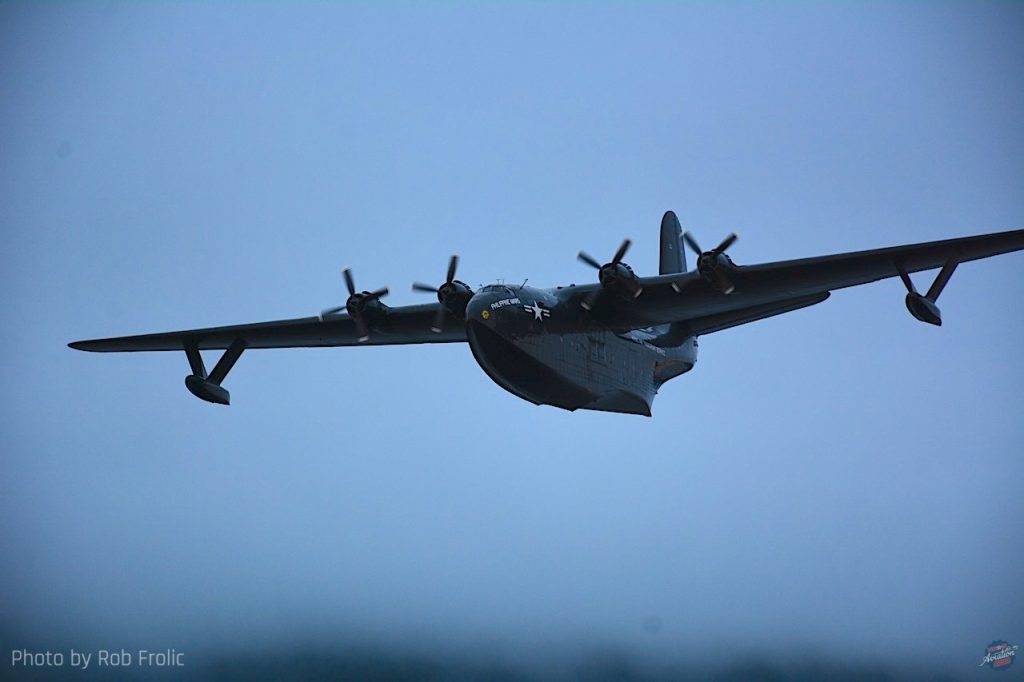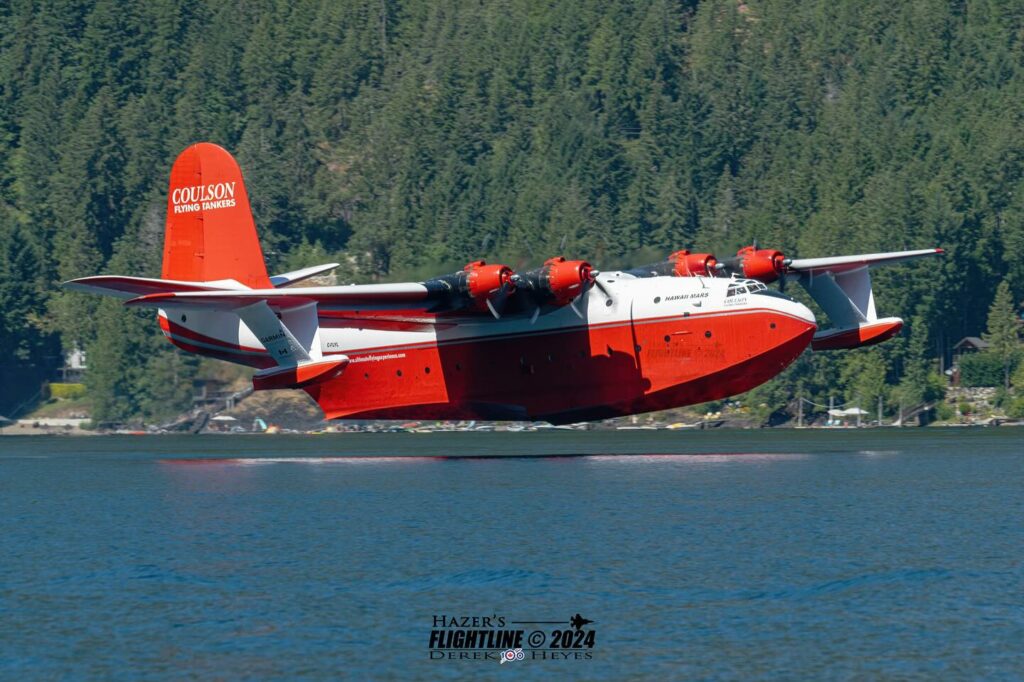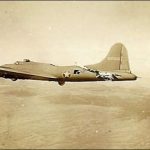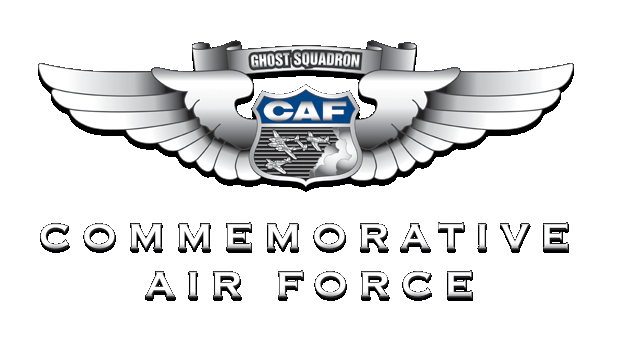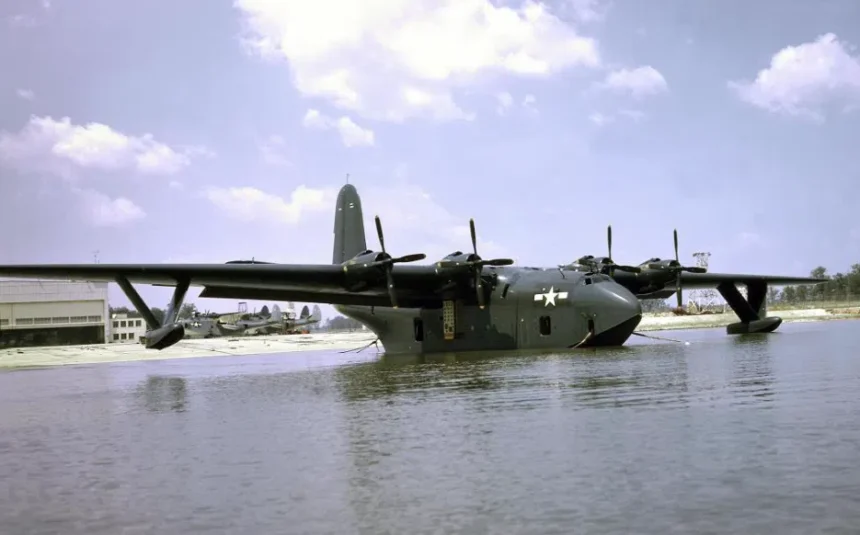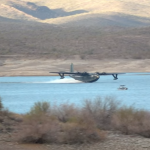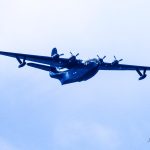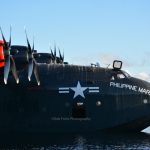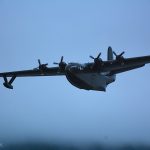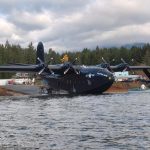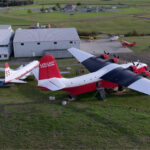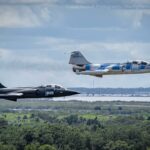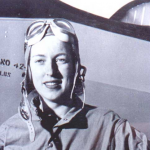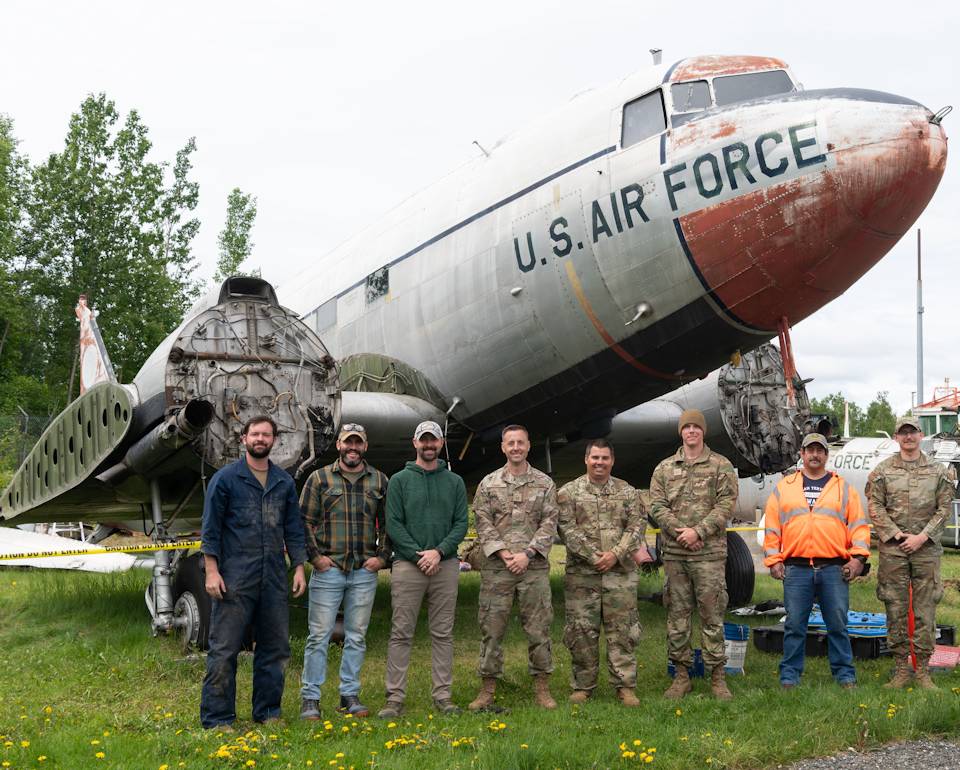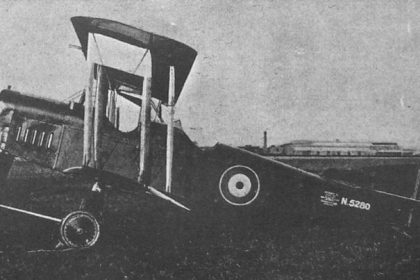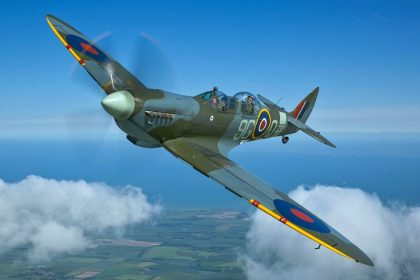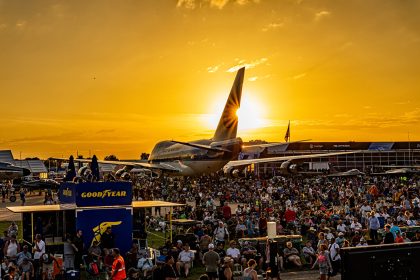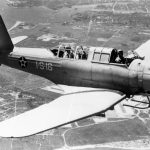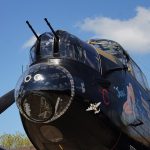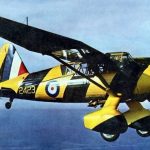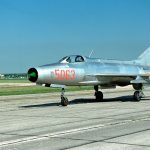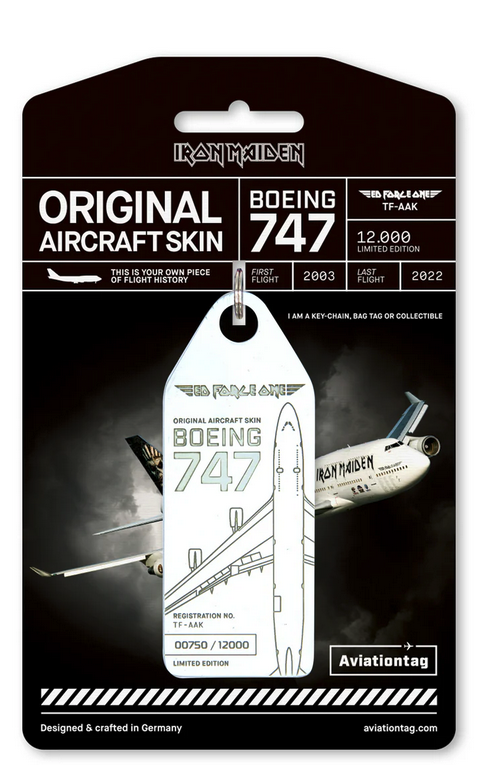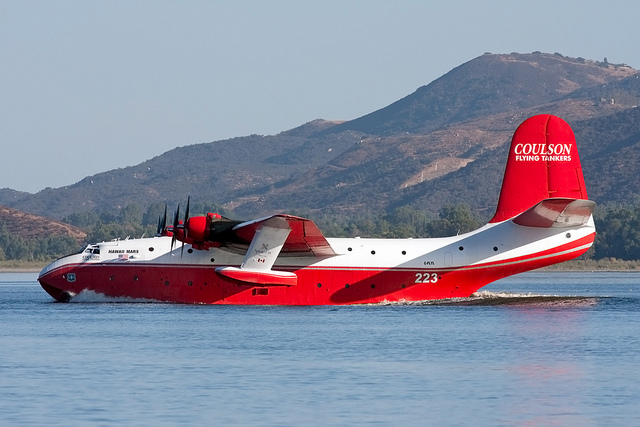On June 23, 1942—83 years ago today—the Martin JRM Mars took to the skies for the first time. Developed by the Glenn L. Martin Company during World War II, the Mars was a massive four-engined flying boat designed for the U.S. Navy as a long-range cargo transport. It would go on to become the largest Allied flying boat to enter production, with seven aircraft built between 1945 and 1948. Following initial flight testing, the Mars officially entered service on November 30, 1943.
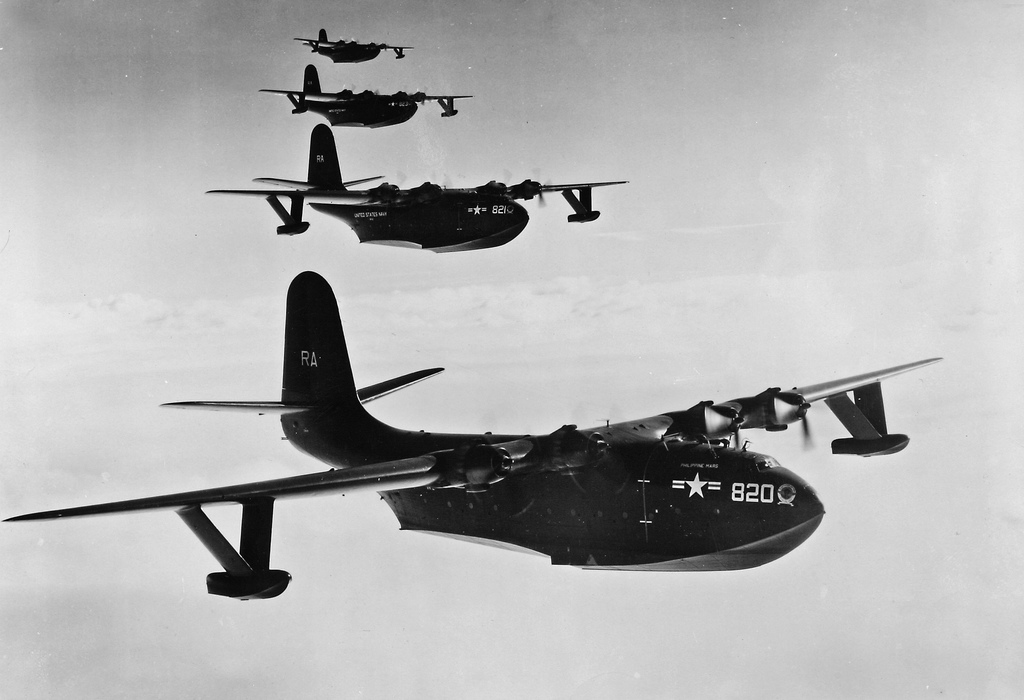
The origins of the Mars date back to 1938, when the U.S. Navy issued a contract for the XPB2M-1—a prototype designed as a long-range ocean patrol flying boat. Martin’s engineers based its design on a scaled-up version of their PBM Mariner patrol bomber. However, as the war progressed, the strategic need for large patrol bombers diminished. The Navy’s focus shifted, and the Mars evolved into a dedicated cargo transport aircraft capable of hauling vast amounts of supplies across the Pacific.
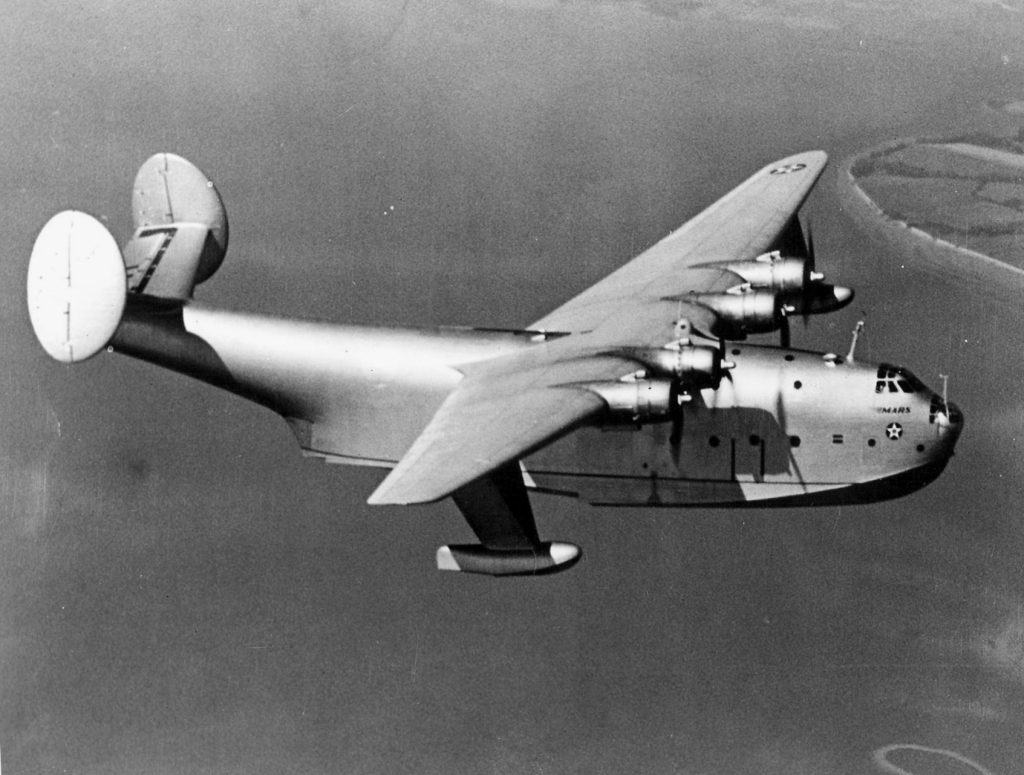
The JRM entered operational service on January 23, 1944. Though it never saw combat, the Mars played a vital logistical role during the war, ferrying supplies to Hawaii and forward bases throughout the Pacific theater. Its utility continued postwar, and on March 4, 1949, the Caroline Mars set a world record by carrying 269 passengers from San Diego to San Francisco. The fleet remained in military service until being retired in 1956.
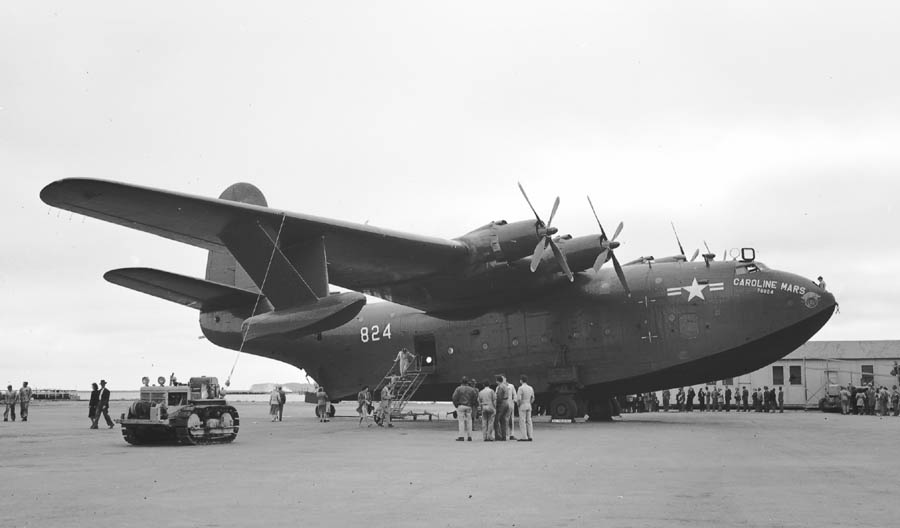
Civilian use gave the Martin Mars a remarkable second life. Several aircraft were converted into aerial firefighting water bombers, modified to carry up to 7,200 U.S. gallons of water. Operated for decades by Coulson Flying Tankers in British Columbia, the Hawaii Mars and Philippine Mars became icons in aerial firefighting.
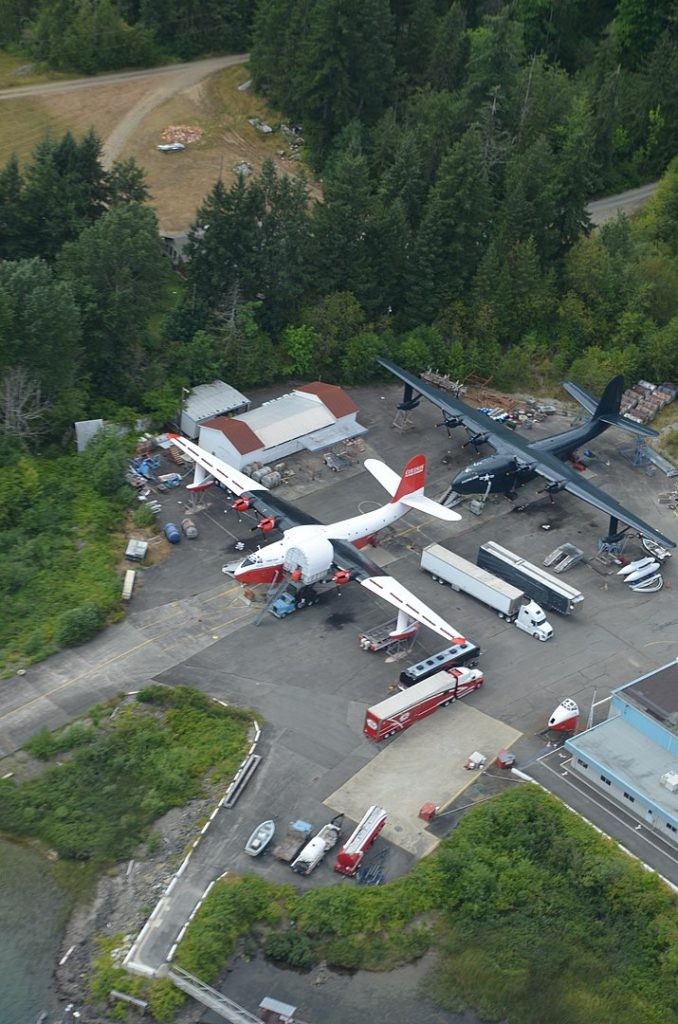
In 2024, the Hawaii Mars completed its final flight, donated to the British Columbia Aviation Museum for permanent public display. A year later, in 2025, the Philippine Mars took its last journey, flown to Lake Pleasant, Arizona. After disassembly and overland transport, the aircraft is now under restoration at the Pima Air & Space Museum, ensuring that this remarkable chapter of aviation history continues to inspire future generations.
